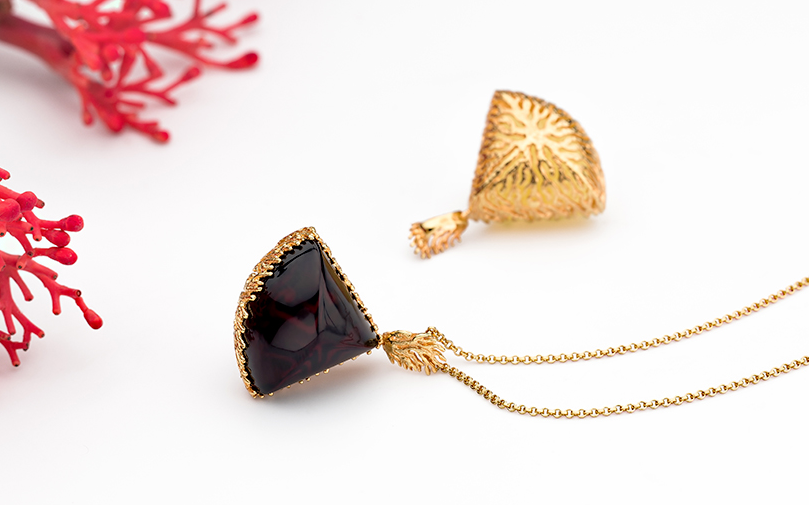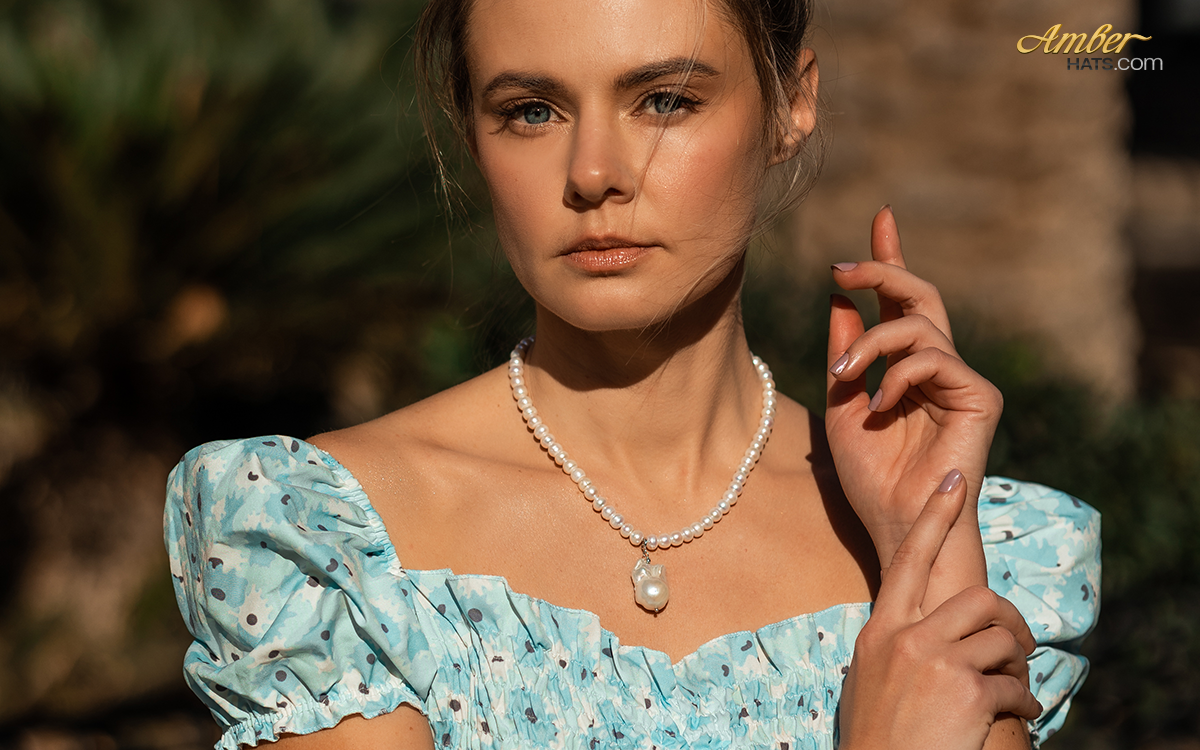Lab-Grown Diamonds vs. Natural Diamonds
- The History and Evolution of Lab-Grown Diamonds
- How Are Lab-Grown Diamonds Made? Understanding HPHT and CVD Methods
- Certification and Quality
- Comparing Natural and Lab-Grown Diamonds: A Detailed Analysis
- Consumer Trends: Why Lab-Grown Diamonds Are Gaining Popularity
- Interesting Facts About Lab-Grown Diamonds
Diamonds have long captivated the human imagination with their unparalleled beauty and durability. Traditionally, these precious gems have been mined from deep within the Earth, forming over billions of years under extreme conditions. However, advancements in technology have introduced a new contender in the diamond market: lab-grown diamonds, also known as synthetic diamonds. This article explores the key differences between natural and lab-grown diamonds, highlighting their strengths, weaknesses, and intriguing facets.
The History and Evolution of Lab-Grown Diamonds
The concept of creating lab-grown diamonds dates back to the 19th century, with the first successful synthesis achieved in the 1950s by General Electric using the HPHT method. Initially, lab-grown diamonds were primarily used for industrial purposes due to their hardness. However, advancements in technology over the past few decades have significantly improved the quality of lab-grown diamonds, making them suitable for jewelry. The perception of lab-grown diamonds has evolved from being seen as inferior imitations to being recognized as high-quality, ethical, and environmentally friendly alternatives to natural diamonds.
How Are Lab-Grown Diamonds Made? Understanding HPHT and CVD Methods
HPHT Method:
This technique simulates the high-pressure and high-temperature conditions found deep within the Earth. A small diamond seed is placed in a press and subjected to temperatures exceeding 2,000 degrees Celsius and pressures of about 1.5 million pounds per square inch. This process encourages carbon atoms to crystallize and form a diamond around the seed.
CVD Method:
In this method, a diamond seed is placed in a chamber filled with a carbon-rich gas. The gas is ionized into plasma, causing carbon atoms to deposit onto the seed and grow into a diamond layer by layer. This method allows for greater control over the diamond’s properties and purity.
Certification and Quality
Both natural and lab-grown diamonds are graded based on the 4Cs: cut, color, clarity, and carat weight. Reputable gemological laboratories, such as the Gemological Institute of America (GIA) and the International Gemological Institute (IGI), provide certification for both types of diamonds. These certificates detail the quality and characteristics of the diamond, ensuring transparency and trust for consumers.
Comparing Natural and Lab-Grown Diamonds: A Detailed Analysis
| Aspect | Natural Diamonds | Lab-Grown Diamonds |
|---|---|---|
| Origin and Creation | Formed over billions of years deep within the Earth’s mantle, brought to the surface through volcanic activity. Each diamond has a unique geological history. | Grown in a matter of weeks to months in a laboratory under controlled conditions that replicate natural diamond formation. Virtually identical to natural diamonds in appearance and properties. |
| Physical and Chemical Properties | Share the same hardness, refractive index, and chemical composition as lab-grown diamonds, making them indistinguishable to the naked eye and requiring specialized equipment to tell them apart. | Share the same hardness, refractive index, and chemical composition as natural diamonds, making them indistinguishable to the naked eye and requiring specialized equipment to tell them apart. |
| Market Value and Resale | Generally command higher market prices due to rarity and traditional value, tend to retain better resale value. | Typically cost 20-40% less than natural diamonds, with lower resale value and often perceived as less prestigious. |
| Environmental and Ethical Considerations | Mining has significant environmental impacts, including habitat destruction, water pollution, and carbon emissions. "Conflict diamonds" or "blood diamonds" raise serious ethical concerns. | More environmentally friendly as they do not involve large-scale mining operations, bypass ethical issues associated with conflict diamonds, appealing to socially conscious consumers. |
Consumer Trends: Why Lab-Grown Diamonds Are Gaining Popularity
The demand for lab-grown diamonds has been steadily increasing, driven by several factors. Younger consumers, particularly Millennials and Gen Z, are more environmentally conscious and prioritize sustainability and ethical sourcing. According to a report by MVI Marketing, 70% of Millennials are open to purchasing a lab-grown diamond. Additionally, lab-grown diamonds offer better value, allowing consumers to purchase larger or higher-quality stones within their budget.
Interesting Facts About Lab-Grown Diamonds
- Growing Popularity: Lab-Grown diamonds are gaining popularity, especially among younger, environmentally conscious consumers who prioritize sustainability and ethical sourcing.
- Technological Innovations: Continuous advancements in diamond-growing technology are improving the quality and reducing the cost of lab-grown diamonds, making them an increasingly attractive option.
- Applications Beyond Jewelry: Lab-Grown diamonds are not just for jewelry. They are also used in various industrial applications due to their exceptional hardness and thermal conductivity, including in electronics, cutting tools, and heat sinks.
Frequently Asked Questions (FAQ)
- Are lab-grown diamonds real diamonds? Yes, lab-grown diamonds are real diamonds. They have the same chemical composition, physical properties, and optical characteristics as natural diamonds.
- How can you tell the difference between natural and lab-grown diamonds? Specialized equipment and tests are required to distinguish between natural and lab-grown diamonds, as they are virtually identical in appearance and properties.
- Do lab-grown diamonds have resale value? While lab-grown diamonds typically have lower resale value compared to natural diamonds, their value is increasing as they become more accepted and sought after in the market.
- What are the benefits of choosing lab-grown diamonds? Lab-grown diamonds are cost-effective, environmentally friendly, and free from the ethical issues associated with conflict diamonds. They offer a sustainable alternative without compromising on quality.
The debate between natural and lab-grown diamonds encompasses a range of factors, from cost and environmental impact to market perception and resale value. Natural diamonds offer a sense of tradition, uniqueness, and higher resale value, making them symbols of luxury and status. On the other hand, lab-grown diamonds provide a cost-effective, ethical, and environmentally friendly alternative that is gaining acceptance in the market.
Ultimately, the choice between natural and lab-grown diamonds depends on individual priorities and values. Whether driven by budget, ethical considerations, or the desire for a unique gemstone with a storied past, both options offer compelling benefits. As technology and consumer preferences evolve, lab-grown diamonds are poised to play an increasingly significant role in the jewelry industry.
Amberhats team tries to spread information about current trends in the fashion world and the latest technologies for creating jewelry. By sharing content on its blog, we are providing valuable insight into the development of the jewelry industry, and helping consumers make informed decisions.

The Amberhats Team is a collective of passionate writers dedicated to sharing insights, tips, and the latest trends in the world of hats. With a diverse background in fashion, craftsmanship, and style, our team strives to provide valuable and engaging content for hat enthusiasts and casual readers alike. Whether you're looking for styling advice, care tips, or the history behind iconic hat designs, the Amberhats Team is here to enrich your knowledge and enhance your love for headwear.
Recent posts
Zircon: Unveiling the Hidden Gem of the Jewelry World
In the expansive universe of gemstones, zircon emerges as a hidden treasure, often overshadowed yet undeniably enchanting. While zircon’s name might only ring ...
by Amberhats Team Jan 12, 2024 2272
Amber necklace. Why an amber necklace is elegant, spectacular, relevant
Elegance Spectacular Why amber is used for necklace for children? Relevance Amber, with its warm and radiant hues, is a fossilized tree resin that ...
by Amberhats Team Mar 22, 2023 2026
Pearl Perfection: A Journey into Beauty, Authenticity, and Choosing the Perfect Jewelry for Every Occasion
How is a Pearl Formed? How is Cultured Pearl Grown? How to Choose Your Pearl Jewelry What Makes Pearls Beautiful? Choosing Your Perfect Pearl ...
by Amberhats Team Mar 06, 2024 1342




Спасибо за Ваш голос